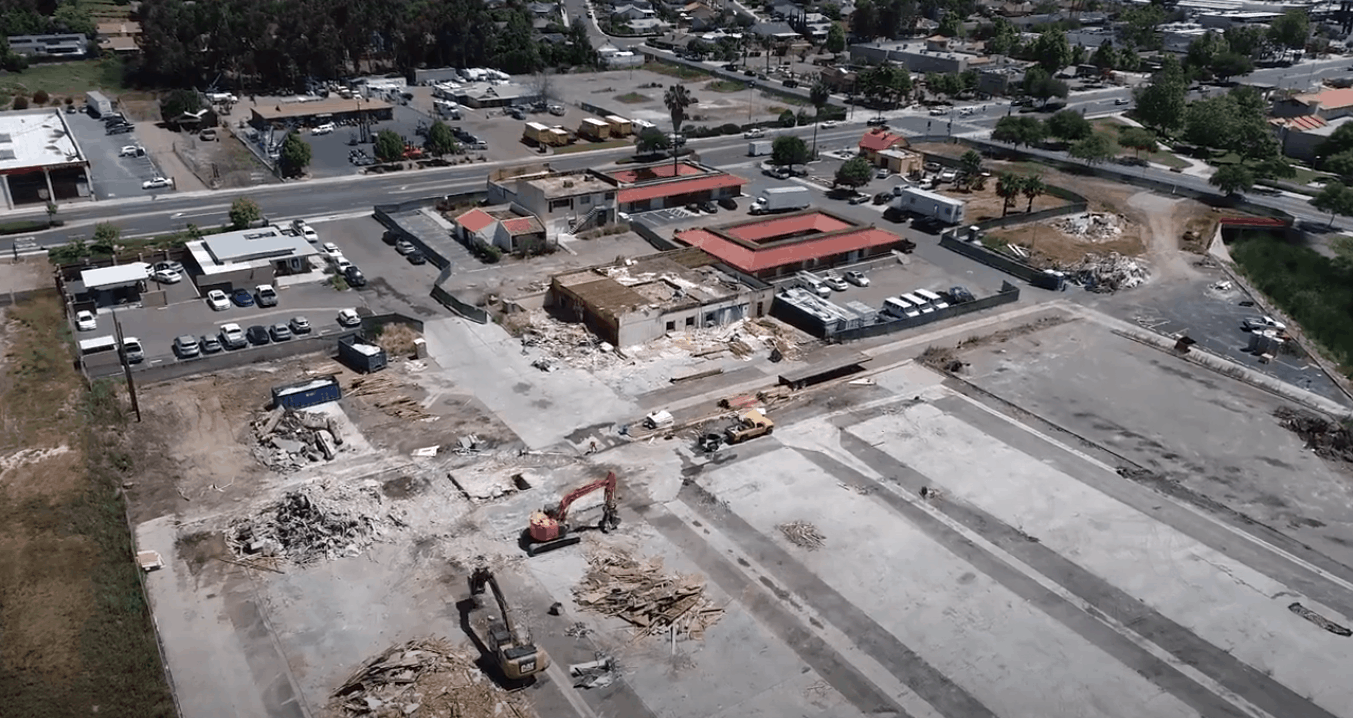Environmental cleanup efforts are one of the most prominent actions being taken in 2020 conservation and restoration campaigns. Restoring the Earth, undoing the damages of pollution, and protecting wildlife ecosystems requires both unwavering diligence from the people as well as the assistance of new technology.
With the help of new systems and machinery,
environmental remediation will be led by the EPA in collaboration with federal and state agencies to govern a new era of environmental conscientiousness.
Contaminant Resources
Being informed about the most pressing environmental issues today will help individuals and organizations make better choices about appropriate actions. Selecting the right tools requires a comprehensive perspective of the planet’s greatest threats. The official
ENVIRO Wiki provides articles written by industry experts and environmental professionals. Categories include characterization and monitoring, contaminants, munitions, management, remediation and transportation, and attenuation.
The
Interstate Technology and Regulatory Council is committed to providing the public with greater access to clean air, water, and land. The organization is a joint private-public organization that offers training, documents for research, and accepts project proposals from various environmental teams to help cultivate a greater sense of community through their remediation and restorative efforts.
Learning About Environmental Technology
The
U.S. Navy’s remediation technology website provides resources on various tools that work through a variety of processes including anaerobic oxidation, biowall, and electrokinetic EK.
From a public standpoint, the
Citizen’s Guides to Cleanup Technologies is a wonderful resource with 22 factsheets detailing various cleanup methods. The information was last updated in 2015. Although it may not feature the most current environmental remediation resources, it still stands as a valuable introductory resource for anyone interested in learning more about remediation technologies and how they work.
The
EPA’s green remediation page explores solutions and strategies to many environmental issues by considering the best way to reduce footprints during cleanup efforts. Restorative processes in the past may have left more damage in their wake, perpetuating a cycle that must stop for any true progress to take root. Notable on this site is the
“Citizen’s Guide to Greener Cleanup”, a two-page PDF that defines green remediation, explains how it works, and why it’s important.
Education Breeds Understanding
There is often such a focus placed on concepts in today’s media that the ultimate impacts of them go without notice by the general public. Professionals are well aware that their efforts matter, but if those efforts are not sustained by the citizens of planet Earth, they cannot reach their full potential. Making environmental education a priority can help promote a more informed, thoughtful, and altruistic mindset that benefits each individual’s life and the world at large.



